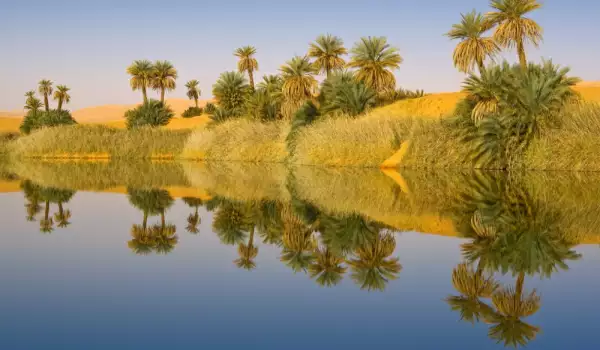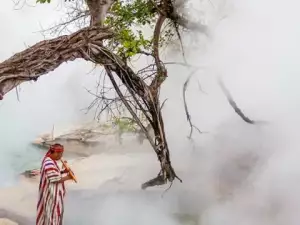The Sahara desert once had a branched river system in Antiquity and the vast African landscape was not as desolate as it is today.
Scientists have reached this conclusion from their research, publishing it in the Nature Communications journal. According to experts, the river was part of the Tamanrasset system.
The experimental system PALSAR and the Japanese ALOS have shown experts 3D images that reveal the ancient channels concealed beneath the sands of the modern-day desert.
The river flowed there about 5000 years ago and its source was in all likelihood the southern parts of the Atlas Mountains and the Ahaggar Plateau, located on the territory of modern Algeria.
The ancient river had numerous tributaries and was one of the longest rivers in Africa. If it were still around today it would have been among the 12 largest rivers.

The river flowed into the Atlantic Ocean, and scientists posit that the water allowed for the development of plant and animal life.
Cave drawings made thousands of years ago reveal that in the past the region was teeming with wild animals, from hippopotamuses to giraffes, and that ancient herdsmen bred large horned livestock there.
The theory that a river once flowed through the Sahara was first brought up a decade ago. Researchers from the National Oceanography Centre in Southampton discovered an entire underwater canyon and continental shelf along the beaches of Mauritania in 2003.
But they found no direct evidence of an ancient river. Using the data as a starting point, researchers managed to find the ancient riverbed which matched the canyon along the beaches they had seen earlier.
This study tells us that climate can change unbelievably quickly, to the point where nearly all traces of a wide waterway are buried within several thousand years, while the local ecosystem changes beyond recognition.











